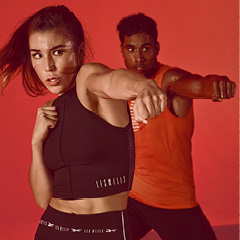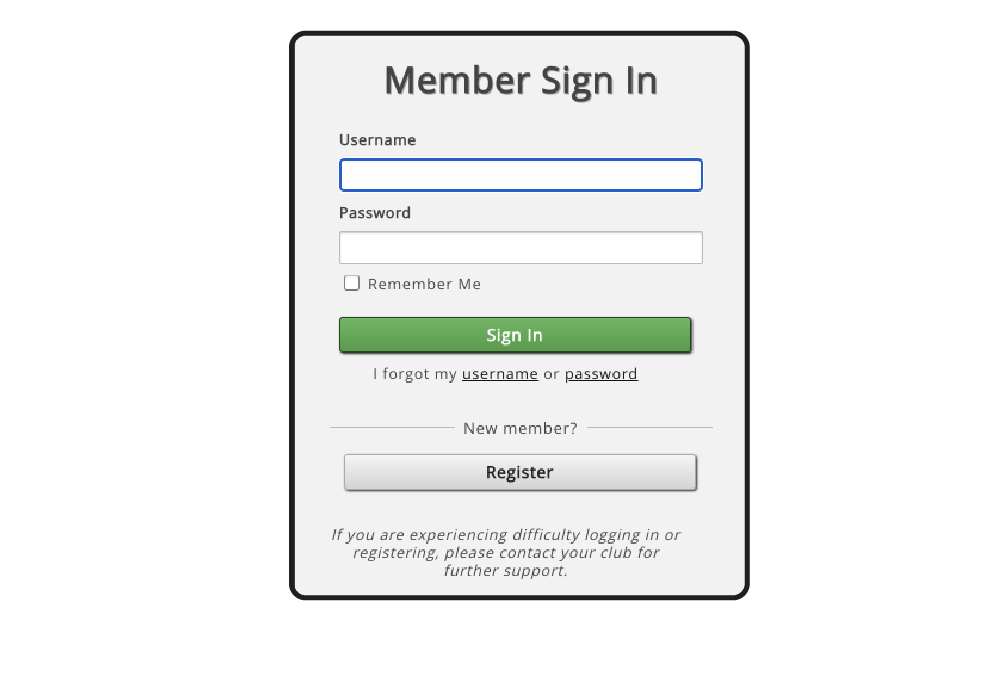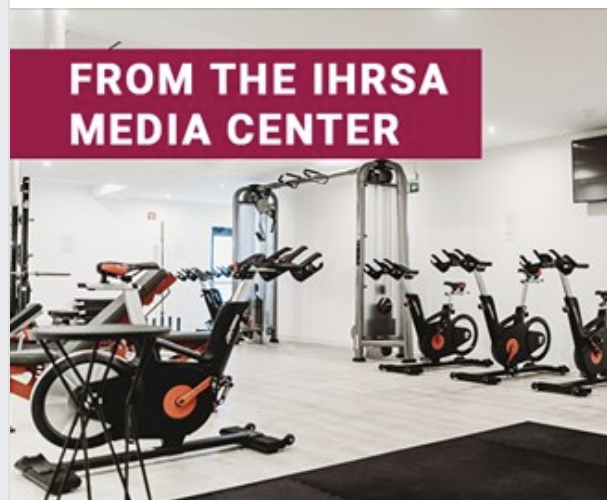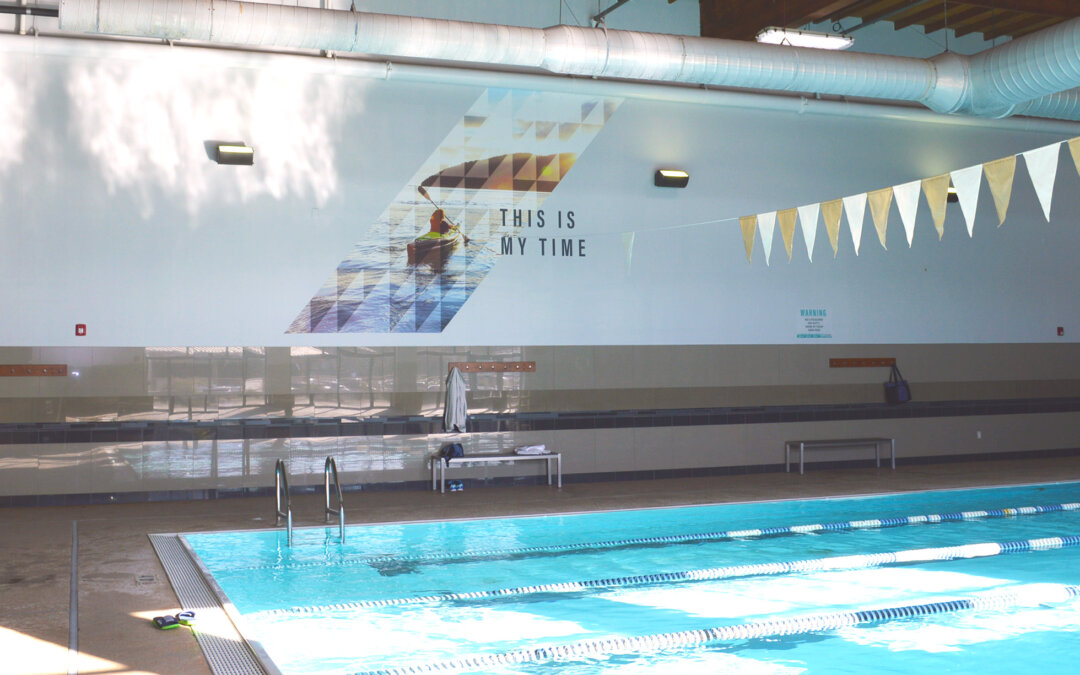by Marisol Cortes | Oct 13, 2020 | Blog
These Are the Severe COVID-19 Risk Factors You Need to Know About
BY MARTY MUNSON OCT 2, 2020 in Men’s Health
Experts have been looking for patterns in who gets how sick from COVID-19 since the first outbreaks. From early in the pandemic, it was clear that increasing age and obesity could predispose people to severe COVID-19, which has come under increasing attention with the news that President Donald Trump—age 74 and technically obese—tested positive for COVID-19.
While COVID-19 doesn’t follow the same pattern every time—people who don’t fall in these risk categories can also develop severe COVID-19—the CDC and other experts say the following risk factors do put you at higher risk of severe illness from the coronavirus:
Obesity
The CDC says that having obesity (a BMI of 30 or above) may triple the risk of hospitalization due to COVID-19 infection. It’s linked to impaired immune function, decreased lung capacity that can make ventilation difficult.
An analysis in the journal Obesity Reviews suggested that having obesity could increase your chances of dying of COVID-19 by nearly 50 percent. Obesity is linked to other health conditions, including high blood pressure, heart disease, and type 2 diabetes, which may help explain the greater likelihood of severe disease. But experts still point out that obesity is an independent risk factor.
Age
The CDC says that “increasing age” is a risk factor for severe COVID-19. It doesn’t set a threshold for exactly at what threshold your risk starts increasing. But it has reported that eight out of 10 COVID-19-related deaths have been in adults age 65 and older. Age is an independent risk factor, according to the CDC, which also points out that part of the vulnerability in this group may come from the increased likelihood of underlying medical conditions.
Keep in mind that younger people can still die of COVID-19-related causes, and can also suffer from many complications including stroke and myocarditis (inflammation of the heart)—in fact, one report suggested that 15 percent of Big 10 athletes with a COVID diagnosis reported this heart problem.
Other underlying medical conditions
The CDC also recently updated a list of underlying medical conditions that increase the risk of severe illness. It added cancer, chronic kidney disease, COPD, weakened immune system from an organ transplant, serious heart conditions such as heart failure, coronary artery disease, or cardiomyopathy, sickle cell disease, and type 2 diabetes.
It also suggested that people with these conditions might be at increased risk: asthma, cerebrovascular disease, cystic fibrosis, high blood pressure, neurologic conditions such as dementia, people in an immunocompromised state, liver disease, pregnancy, pulmonary fibrosis, thalassemia, and type 1 diabetes. It also puts smoking on the list of risk factors for severe COVID-19. Here is the scientific evidence behind its decisions on this.
See full article HERE

by Marisol Cortes | Sep 24, 2020 | Blog
WILL VACCINATION BE MORE EFFECTIVE IF YOU’RE FIT?
By Emma Hogan for Fit Planet
As scientists race to find a COVID-19 vaccine, some warn that our planet’s surging obesity epidemic could undermine any vaccine’s effectiveness. Why is it that obesity could be an issue? And could increased physical activity extinguish the risk?
It was back in 1796 when English physician Edward Jenner introduced the world’s first vaccine. It was administered to help people’s immune systems develop protection from the devastating smallpox disease. In the years since, vaccines have provided protection from diphtheria and polio, to measles, chickenpox and influenza. While these vaccines have worked remarkably, scientists have recently observed one thing that can halt their impact; vaccination can be less effective in adults who are obese.
The problem with obesity and immune response
Obesity is well-known for increasing the risk of death by cardiovascular disease, but it can also cause metabolic changes too. Experts in the emerging field of immunometabolism are finding obesity interferes with the body’s immune system, opening up greater risk of infection from all sorts of disease pathogens. Usually, in a healthy immune system, the body turns inflammation on and off as needed, and the inflammation sends out proteins to fight infection. Vaccines also work in this way, exploiting the body’s immune response to stimulate protection. Those who are obese usually also have metabolic risk factors, such as high blood pressure and blood sugar levels. As a result, their immune system is constantly in a state of chronic mild inflammation. This consistent mild inflammation means their immune system is constantly compromised, which could be the reason why vaccines are less effective among the obese.
Can increased physical activity reverse the inflammation caused by obesity?
There is plenty of evidence showing that physical activity reduces inflammation. So, could the anti-inflammatory effects of exercise offset any inflammation linked with obesity? And if so, could an increase in physical activity be the secret to boosting vaccine potency regardless of how much someone weighs?
Professor Mark Febbraio operates at the forefront of research into the anti-inflammatory effects of exercise and much of his work is dedicated to establishing molecular links between exercise and disease prevention. When we asked him about whether exercise could increase the potency of a vaccine in obese individuals, he said we’re far too early on in the game to draw any conclusions. “I don’t think we know enough about either the pandemic or the vaccine to make any definitive statements,” he says. “There have been no randomized trials, only anecdotal evidence that if you’re fit and healthy, you cope better with COVID. Whether exercise could affect the efficacy of a vaccine, we just don’t know.”
Febbraio points out that while obesity-related health implications are certainly an issue, it’s physical inactivity we should be most concerned about.
Dr. Robert Sallis, from the Sports Medicine Fellowship Program at Kaiser Permanente in Fontana, agrees that physical inactivity is the major public health problem of our time.
“We’re all sitting in our houses huddled, waiting for a vaccine for COVID-19, instead of going out and being active and exercising, when we know that’s the best vaccine we have right now,” says Sallis.
According to the Centers for Disease Control and Prevention (CDC), only half of adults get the exercise they need.
Is building physical fitness more important than reducing obesity?
Both are important, says Febbraio. But, when it comes to the risk of disease, low cardiovascular respiratory fitness is likely to present greater risk. “If you think about someone who is obese, but who is a habitual exerciser, they are more likely to have a lower disease risk than people who are lean and sedentary,” explains Febbraio. This implies that increased risk is more to do with lack of physical activity than it is obesity, he says.
While there’s no doubt that obesity causes chronic low-grade inflammation that is directly associated with disease, Febbraio warns against focusing on obesity too specifically. There is even something called the obesity paradox, he explains. It’s a medical hypothesis that obesity may, counterintuitively, be protective and associated with greater survival in certain groups of people, such as the elderly or those with certain chronic diseases. “If you’re an elderly person and you carry more body fat, you are actually protected against infections, particularly sepsis.” And it can be the same for post-menopausal women. “If a woman has visceral fat, that it not at all protective. If she has very low levels of fat it’s intermediately protective. And if she has high levels of subcutaneous fat, that’s the fat around the bottom and thighs, that’s actually protective.” This suggests that increased body fat is not always a bad thing.
However, this where COVID-19 again throws things up in the air.
“What’s most intriguing about SARS-CoV-2, is that if it infects an obese older person, they have a greater risk of developing ARDS, which is acute respiratory distress syndrome.” Febbraio says this is the complete opposite of what happens with a sepsis infection, which is surprising. He suspects it has to do with the fact that it’s harder to breathe when you’re carrying a lot of adiposity and lying down, but reiterates it’s all speculation.
“We just can’t make any statements with certainty about SARS-CoV-2 because we just don’t have the data, we don’t know enough about it right now,” says Febbraio.
So what do we know?
- Obesity increases risk from the virus in every way. There’s a 113 percent increased risk of ending up in hospital, 74 percent more likelihood of needing intensive care, and 48 percent greater risk of death.
- Physical activity protects against non-communicable and infectious diseases, such as COVID-19.
- Anecdotally, those who are infected with COVID-19 but have superior fitness, such as professional athletes, do not seem to get seriously ill.
The fact that obesity increases COVID-19 death risk by almost 50 percent was highlighted in a brand new meta-analysis of 75 studies from across the planet. Professor Barry Popkin, who led the research, says the findings were significantly higher than anyone had thought. It also amplifies the need to ensure any vaccine will work for the significant and growing proportion of our population who are obese.
“We know a COVID vaccine will have a positive effect on obese people, but we suspect from all our knowledge from tests on the Sars vaccine and the flu vaccine it will have a diminished benefit compared to the others,” says Popkin.
Right now, we’re yet to see any hard evidence that increased fitness levels will make vaccines more effective – but there is plenty of proof that physically active individuals will fare better when it comes to COVID-19, or any chronic disease.
Physical fitness is key to improved immunological fitness, the antioxidants produced during exercise can help lessen the impacts of disease, and exercise is good medicine for countering colds, cancer and COVID-19.
“I feel, as a longtime practicing family medicine physician, that [physical activity is] absolutely the most important medicine that I could prescribe to my patients,” concludes Sallis.
This piece originally appeared at https://www.lesmills.com/fit-planet/health/exercise-and-vaccines/”/>lesmills.com (more…)

by Marisol Cortes | Aug 24, 2020 | Blog
Are you missing Les Mills classes? We do! While we wait to offer in-person classes, new users can try out Les Mills On Demand for 30 days FREE! After that it is only $9.99 per month and you can cancel anytime.
Here is the link to sign-up: https://www.lesmillsondemand.com/en_us/us_affiliate_offer/

by Marisol Cortes | Aug 17, 2020 | Blog
First things first! Message or email us for your Member ID #!
Once you have your Member # Click Here: www.Myiclubonline.com!

I registered for myself to detail it for those of us who are more visually inclined!

Once you register your account you will set up your password and ID name.

Once you have completed that step you will see all green on the register page and will be directed to “Sign In”

Once signed it you will see your account details and can go to the “Classes” and then to “Enroll in a Class”


Finally, you can click on any GREEN open time slots. Now you are set! Rack those weights, step onto the stair climber, or whatever it is you’ve been missing the past few months!

If you’ve made a mistake in your reservation or want to drop the gym time for that particular day you will need to go to your “My Schedule” and click the “Cancel” button to drop or change time as shown below.




by Marisol Cortes | Aug 12, 2020 | Blog
At 425 Fitness, we care about your health and wellness. In doing so, we will continue to stay abreast of the current situation where it relates to you, our valued club member. We are under the guidance of Washington state for safe practices and are following it to a T. We also know that having a space to workout in is a priority for one’s health, which is why we follow IHRSA and educate ourselves on what the real facts of working out in a fitness club.
“As negative public perceptions take its toll on the fitness industry, industry leaders hit back with data and resources to show health clubs are safe and abiding by guidelines.
“IHRSA teamed up with MXM to gather check-in data to provide real proof that clubs are doing everything possible to keep members, staff, and the community safe and that health and fitness clubs are not responsible for furthering the spread of COVID-19. As of July 22, a total of 8.9 million check-ins—gathered from 1,003 health and fitness clubs—resulted in a mere 394 COVID-19 cases. This is equivalent to one case in every 22,589 visits or an occurrence rate of 0.004%.” -Sammi Smith, IHRSA’s Communications and Public Relations Assistant
Click here for the full article!

by Marisol Cortes | Jul 17, 2020 | Blog
Hello ~ starting Monday, July 20th the Redmond Pool will be open for Lap Swim!
While we did not plan on opening under phase 2 from a business standpoint, we’ve had lots of requests from members to be able to re-engage in their health programs. Under Phase 2 we can offer 1 on 1 training and lap swim. In order to keep our costs down and pass the savings on to you, we will be operating out of the REDMOND club only, but sessions and swim lanes will be available for all members. Redmond is over 68,000 sq. ft with plenty of room to social distance, while keeping our capacity below 30% as required.
One on One Training and Lap Swim times will be available Monday thru Friday
6:00am – 7:00pm, closed weekends.
When you return, you’ll see some changes. Equipment has been spaced out or blocked off to ensure 6 feet of separation. We will be following stringent guidelines to keep everyone safe. Per the state during Phase 2 we are unable to offer certain services:
Towel Service (please bring your own), Water Fountains (please bring your own water bottle), Showers, Sauna and Steam Rooms, Kids Klub, Locker Rooms will be closed but family restrooms will be open.
As of June 26th, the Governor has mandated face masks while in public areas which includes the club – please wear a mask. For Lap Swimming it can be removed when you enter the pool.
All member accounts are still frozen during this time. Trainers/Staff will not be able to access accounts and Administrative staff are still home with families until we can fully re-open. Any requests to cancel or freeze will be addressed when we re-open.
We are excited to offer this option to our members and ex-members alike! There are three packages available – 5 50 min sessions for $350, 10 50 min sessions for $599 and 10 30 min sessions for $399. These packages would normally cost over $500 for the 5 pack/or 30 min and over $850 for the 10 pack of 50 min!
Lap Swim Lanes will be on a reserve basis – we can open the lanes to 3 swimmers within the hour block. Lap Swim will be $7 per reservation, no refunds if not used. Must be over 18 as no lifeguard will be on duty.
No Membership Dues with these packages!
To purchase training or swim, you will need to set-up an account using MyiClubOnline:
Go to https://www.myiclubonline.com/iclub/members/signin
Click on “new user register” – enter agreement number or membership name
Create your new account
FOR TRAINING:
Go to “Shop” and purchase your package – an email will then be sent with additional details
FOR LAP SWIM:
You need to make sure you are in the Redmond location if you are a member from issaquah or Bothell. At the top, click your location and then choose Redmond, you may need to toggle the button over (darker bubble).
From there, go to CLASSES, NOT SHOP
You will then see all of the lap swim times, click the time you want and purchase your lap swim. You can reserve lanes up to 3 days in advance til 30 minutes prior.
Looking forward to seeing you all back in the club!
Page 6 of 9« First«...567...»Last »















